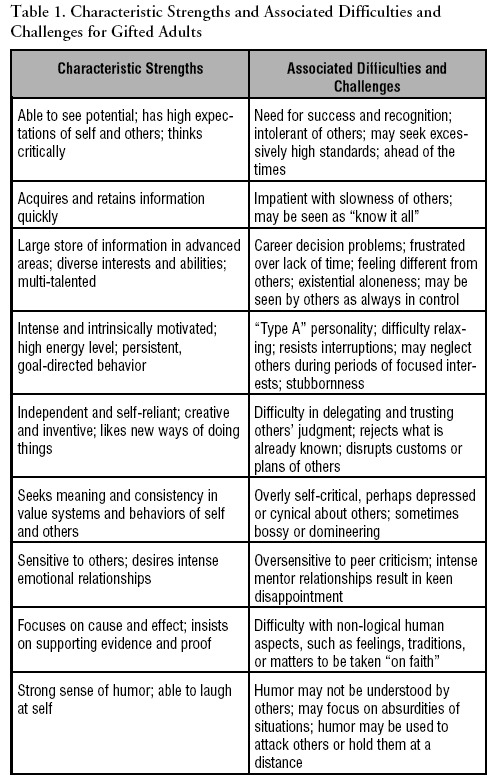Text

Many of us have been—or will be—called upon to clean out the home of a loved one or cull our own possessions when moving or downsizing. When the antique-dealer parents of writer and professor Julia Ridley Smith passed away, they left behind a house chock full of furniture, books, artifacts, and paper. Smith wrote about the huge task of going through it all in her first book The Sum of Trifles. Her thoughtful, tender, and often funny memoir explores
the strange magic of objects,
what they mean to us, and
how hard it can be to let them go.
Smith... discusses how material culture shapes our identities, and how we often think of our possessions as defining who we are and even what we can do.
She talks about the challenges of tackling a house clean-out when grief makes it difficult to give up cherished objects. While the topic can feel heavy, she approaches it with humor, reminding us that there’s also room during a house cleanout for finding joy, discovery, and human connection.
There are layers of meaning surrounding specific objects her parents owned... and she turns to literature that illuminates how her inheritance shaped her notions of identity and purpose. It's a curious, thoughtful look at how we live in and with our material culture and how we face our losses as we decide what to keep and what to let go. A wonderful exploration of grief and the joy left behind.
What does it mean to reckon with the trifles and treasures left behind by her parents, former antique store owners and perennial, opinionated collectors?
An examination of profound loss,
first the loss of beloved parents,
then the loss of the world they created, and
then, by extension, the loss of the myths that world embraced.
This is for lovers and wranglers of ephemera, for amateur epistemologists, and for incorrigible musers.
Book.
0 notes
Text

Anything AI can do, an artist can do better.
It will always be that way.
Artists create from human experience.
Artists create from emotions.
Artists create from the desire to create.
AI merely mimics.
Artists are authentic.
[Image by Tracie Grimwood]
2 notes
·
View notes
Text



Seen on Insta:
Adam Walker-Parker (top and center)
Lanalot (bottom)
1 note
·
View note
Text

Simon Palmer: ‘High Newstead Lane’ [watercolour with ink and gouache, 2023].
I'm ready to roll into spring!!
0 notes
Text
youtube
Palestinian origins (DNA) via ancestral web
0 notes
Text
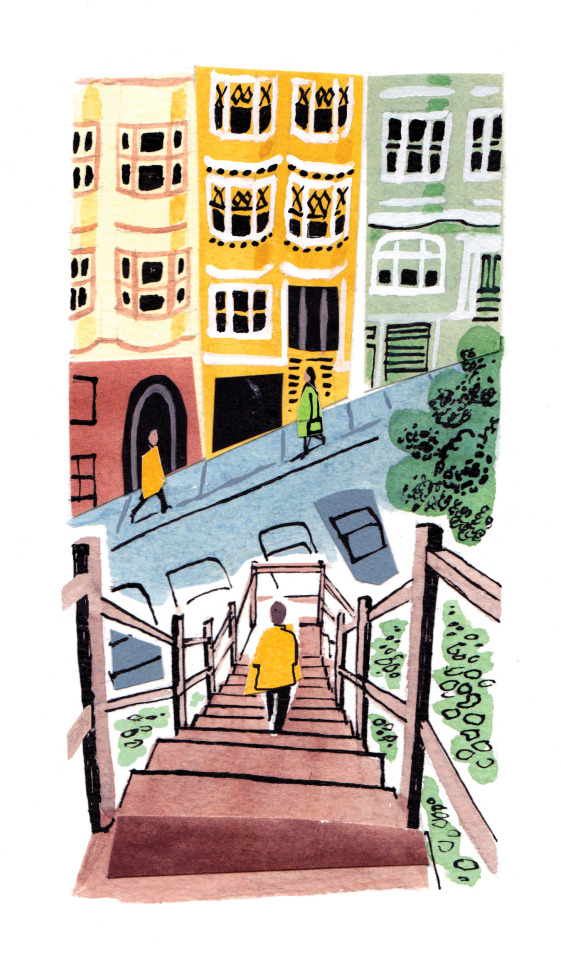
In the Shadow of Silicon Valley
by Rebecca Solnit /London Review of Books, February 2024
Long screed about how Silicon Valley ate San Francisco, the affliction that is tech billionaires and their inexhaustible hubris, a murder they blamed on the wrong people, and more — some excerpts:
After a childhood nearby, I moved to San Francisco in 1980 when street life and bar life were vibrant, but cafés were rare outside North Beach’s Italian neighbourhood. They proliferated in the 1980s and 1990s as places to hang out, maybe read, maybe chat to whomever was around or just people-watch.
The port town of Yerba Buena (was renamed) after the Italian saint. It has always been populated by dreamers, eccentrics and bohemians as well as opportunists and profiteers; until recently there was room for all of them.
I used to be proud of being from the San Francisco Bay Area. I thought of this place in terms of liberation and protection; we were where the environmental movement was born; we were the land of experimental poetry and anti-war marches, of Harvey Milk and gay rights, of the occupation of Alcatraz Island that galvanised a nationwide Indigenous rights movement as well as Cesar Chavez’s farmworkers’ movement in San Jose and the Black Panthers in Oakland. We were the left edge of America, a refuge from some of its brutalities and conformities, a sanctuary for dissidents and misfits and a laboratory for new ideas. We’re still that lab, but we’re no longer an edge; we’re a global power centre, and what issues from here – including a new super-elite – shapes the world in increasingly disturbing ways.
[image by Sarah McMenemy)
0 notes
Text

Which dogs live the longest?
Small ones with long noses
Small dogs with long noses, such as whippets and miniature dachshunds, live for years longer than large flat-faced breeds such as English bulldogs, new research said ...
0 notes
Text
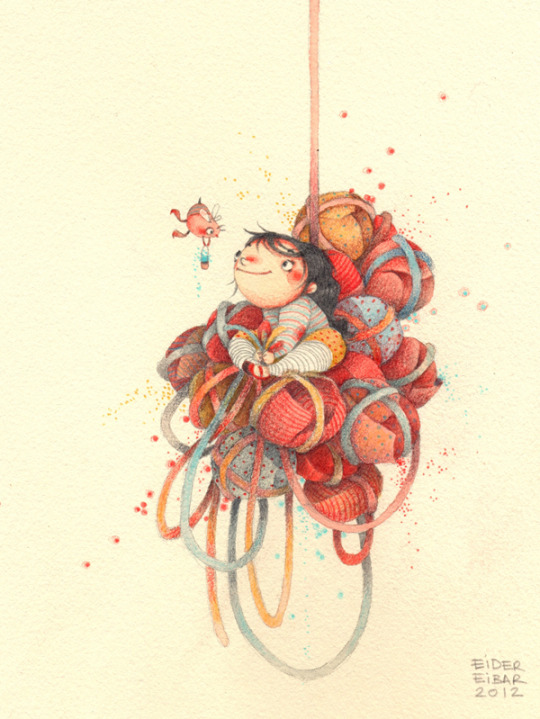
Eider Eibar in the Illustrator's Corner of the Aiete Cultural Center in San Sebastián (Basque region of Spain)
0 notes
Text
Sewing Machines & Planned Obsolescence
Sewing Machines & Planned Obsolescence

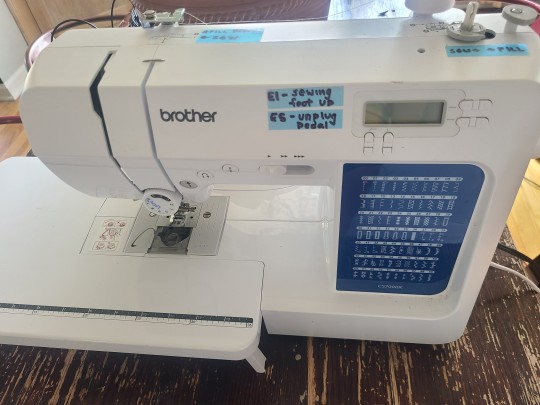
I've got these two sewing machines, made about 100 years apart. An old treadle machine from around 1920-1930, that I pulled out of the trash on a rainy day, and a new Brother sewing machine from around 2020.
I've always known planned obsolescence was a thing, but I never knew just how insidious it was till I started looking at these two side by side.
I wasn't feeling hopeful at first that I'd actually be able to fix the old one, I found it in the trash at 2 am in a thunderstorm. It was rusty, dusty, soggy, squeaky, missing parts, and 100 years old.
How do you even find specialized parts 100 years later? Well, easily, it turns out. The manufacturers at the time didn't just make parts backwards compatible to be consistent across the years, but also interchangeable across brands! Imagine that today, being able to grab a part from an old iPhone to fix your Android.
Anyway, 6 months into having them both, I can confidently say that my busted up trash machine is far better than my new one, or any consumer-grade sewing machine on the market.
Old Machine Guts

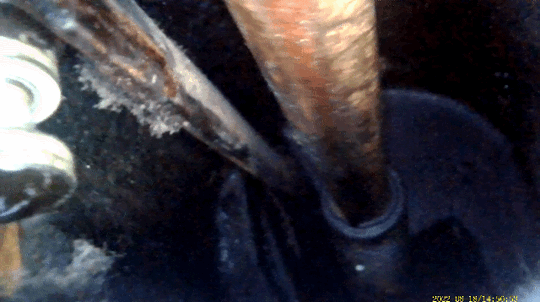
The old machine? Can sew through a pile of leather thicker than my fingers like it's nothing. (it's actually terrifying and I treat it like a power tool - I'll never sew drunk on that thing because I'm genuinely afraid it'd sew through a finger!) At high speeds, it's well balanced and doesn't shake. The parts are all metal, attached by standard flathead screws, designed to be simple and strong, and easily reachable behind large access doors. The tools I need to work on it? A screwdriver and oil. Lost my screwdriver? That's OK, a knife works too.
New Machine Guts
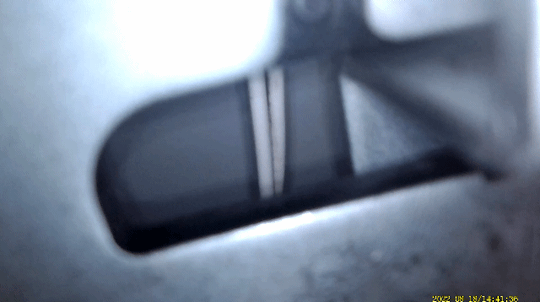

The new machine's skipping stitches now that the plastic parts are starting to wear out. It's always throwing software errors, and it damn near shakes itself apart at top speed. Look at it's innards - I could barely fit a boriscope camera that's about as thick as spaghetti in there let alone my fingers. Very little is attached with standard screws.
And it's infuriating. I'm an engineer - there's no damn reason to make high-wear parts out of plastic. Or put them in places they can't be reached to replace. There's no reason to make your mechanism so unbalanced it's reaching the point of failure before reaching it's own design speed. (Oh yeah there is, it's corporate greed)
100 years, and your standard home sewing machine has gone from a beast of a machine that can be pulled out of the literal waterlogged trash and repaired - to a machine that eats itself if you sew anything but delicate fast-fashion fabrics that are also designed to fall apart in a few years.
Looking for something modern built to the standard that was set 100 years ago? I'd be looking at industrial machines that are going for thousands of dollars... Used on craigslist. I don't even want to know what they'd cost new.
We have the technology and knowledge to manufacture "old" sewing machines still. Hell, even better, sewing machines with the mechanical design quality of the old ones, but with more modern features. It would be so easy - at a technical level to start building things well again. Hell, it's easier to fabricate something sturdy than engineer something to fail at just the right time. (I have half a mind to see if any of my meche friends with machine shops want to help me fabricate an actually good modern machine lol)
We need to push for right-to-repair laws, and legislation against planned obsolescence. Because it's honestly shocking how corporate greed has downright sabotaged good design. They're selling us utter shit, and expecting us to come back for more every financial quarter? I'm over it.
33K notes
·
View notes
Text

Andersen, con la copertina illustrata da Mariachiara Di Giorgio.
0 notes

